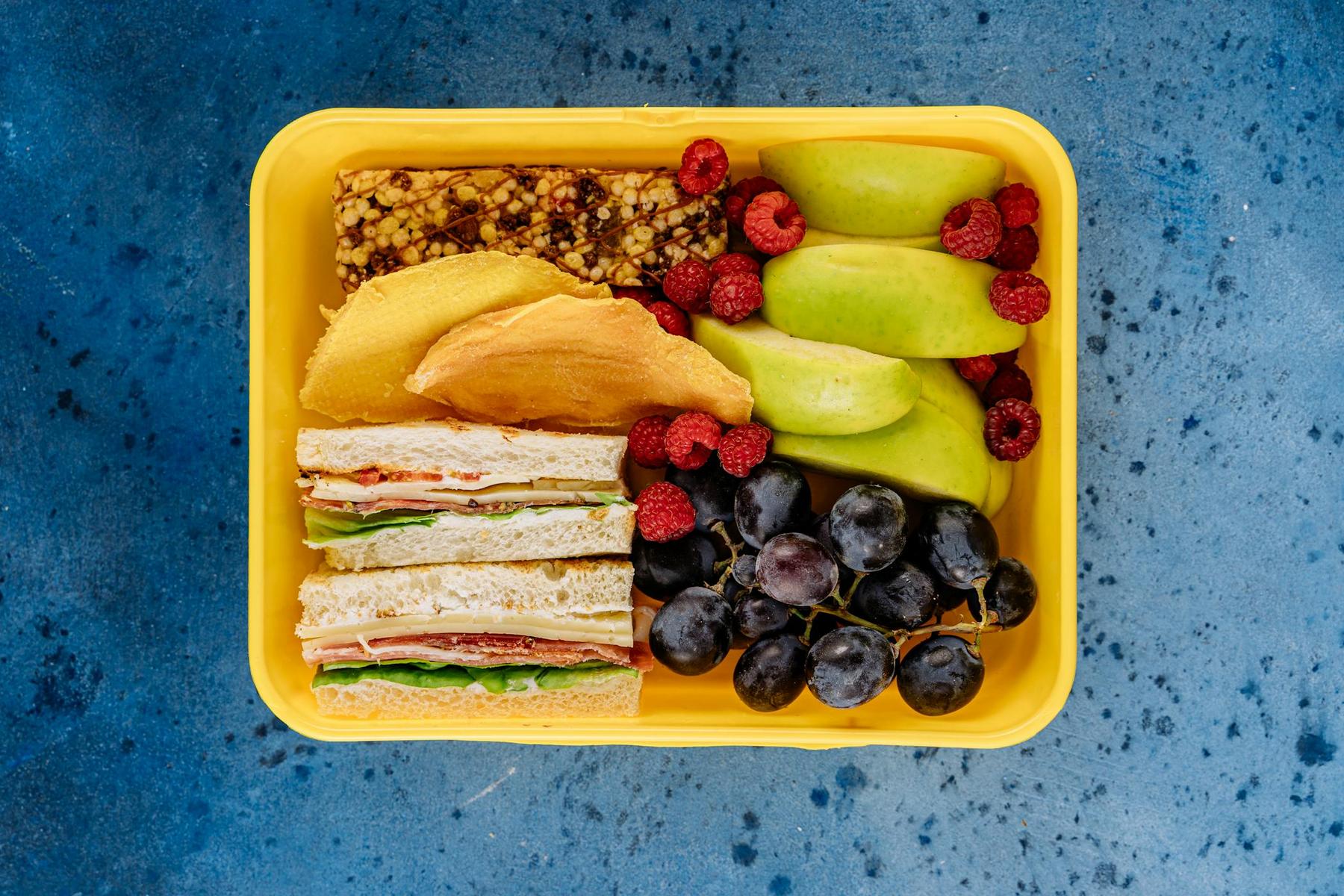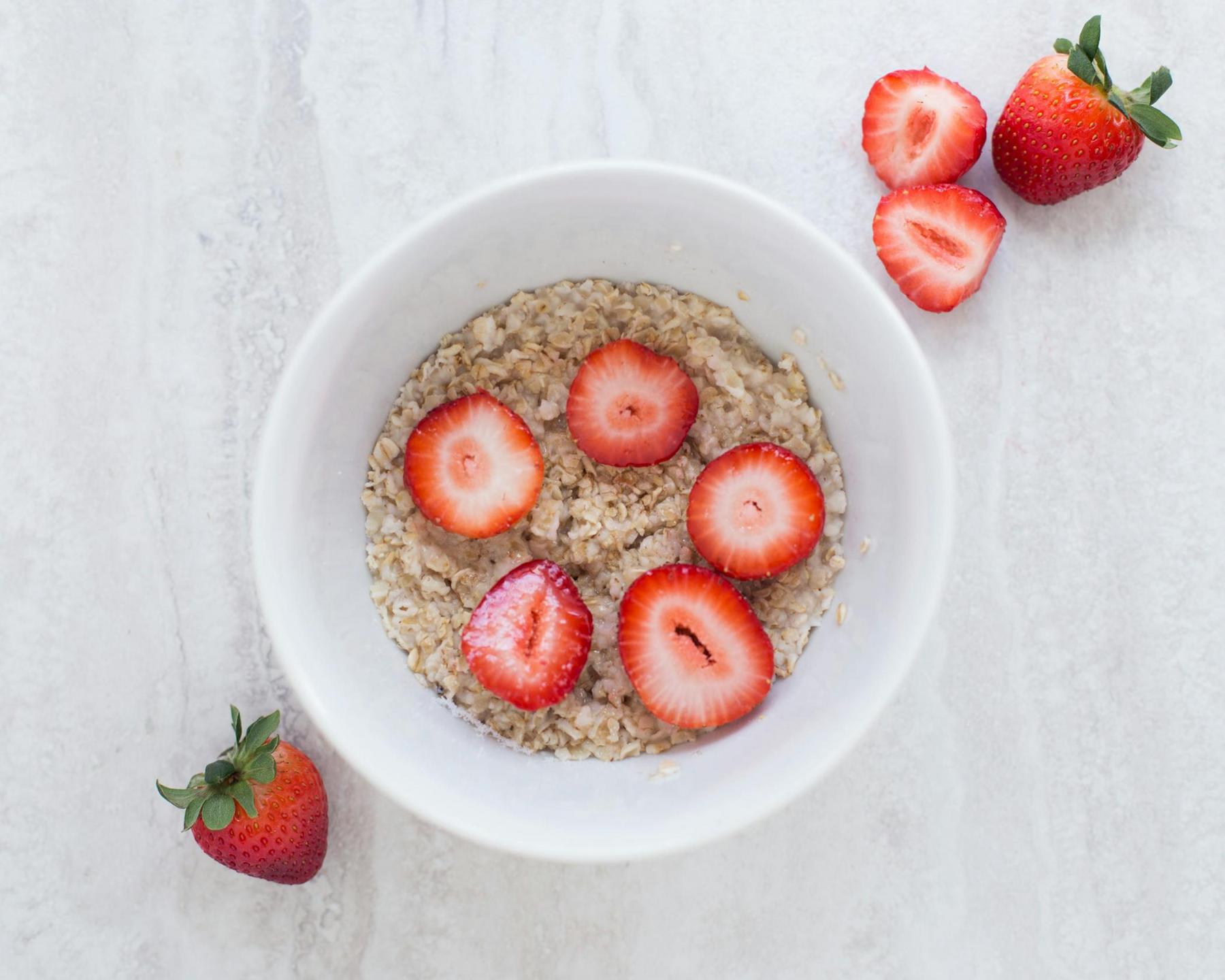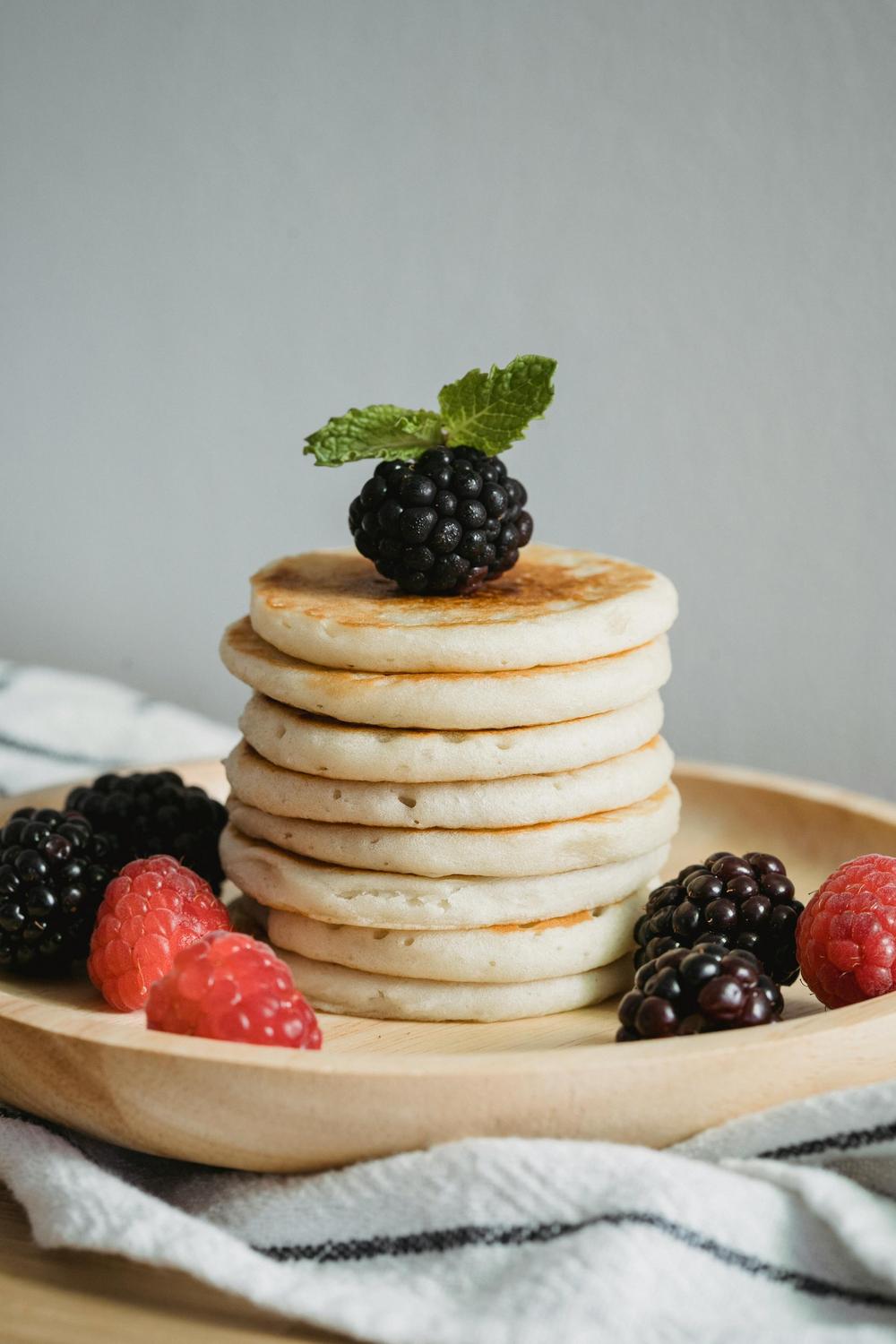Living alone offers remarkable freedom, yet Australian singles face a paradox in their kitchens. With 26% of Australian households now comprising single-person dwellers—the fastest-growing household demographic—millions navigate the daily challenge of preparing meals that nourish without overflowing bins with spoiled food. The mathematics seem simple: smaller household equals less waste. Reality tells a different story. Australian households discard 3.1 million tonnes of edible food annually, costing between $2,200 and $3,800 per household, with single-person homes particularly vulnerable to this cycle of purchase, neglect, and disposal.
Why Is Cooking for One Person So Challenging in Australia?
The structural impediments facing Australian singles in their kitchens reflect systemic design rather than individual failing. Supermarket packaging assumes family units—meat portions sized for four, vegetable bundles exceeding single-person capacity, and grain packages requiring months to deplete. This misalignment between retail reality and demographic shift creates the foundation for waste.
Research identifying barriers to cooking for one reveals consistent patterns. Foods sold in quantities too large for single consumption rank as the primary obstacle, followed by difficulty sourcing appropriately scaled recipes and reluctance to purchase fresh produce given spoilage concerns. The psychological dimension compounds these practical challenges: 68% of Australians possess ten or fewer recipes in their cooking repertoire, with singles reporting the smallest recipe collections amongst all household types.
Time constraints intersect with motivation deficits. With 45% of Australians spending 5-10 minutes daily deciding dinner plans and 68% feeling too busy to find suitable recipes, the cognitive load of meal planning accumulates. Singles particularly experience this burden, being solely responsible for planning, shopping, preparation, cooking, and cleanup without the accountability or companionship that shared meals provide.
The financial context intensifies these challenges. As 39% of Australians report grocery shopping causes financial stress and the average household spends $242 weekly on groceries, singles face disproportionate costs. Purchasing the minimum quantities available often exceeds actual consumption needs, creating pressure either to overeat or accept waste as an inevitable cost.
How Does Home Cooking Support Weight Management Goals?
The evidence linking home cooking frequency with improved metabolic outcomes demonstrates remarkable consistency across research populations. Individuals preparing dinner 6-7 times weekly consume not only fewer total calories but also 81g fat and 119g sugar daily, compared to 84g fat and 135g sugar amongst those cooking 0-1 times weekly. This differential, whilst seemingly modest, compounds across weeks and months into clinically meaningful patterns.
Home cooking enables precise portion control—a critical variable in weight management. When individuals serve themselves from larger containers or order restaurant portions, consumption increases by approximately 35% according to meta-analyses examining portion size effects. Conversely, cooking for one necessitates measurement and planning that naturally constrains serving sizes.
Research examining meal preparation patterns reveals that individuals engaging in batch cooking and meal preparation consume 25% fewer calories than those cooking daily without planning. This reduction derives partly from eliminating impulse decisions—when healthy, pre-portioned meals await in the refrigerator, the cognitive barrier to takeaway decreases substantially. Studies show 75% of individuals practicing batch cooking report reduced stress around mealtimes, itself a factor in dietary adherence.
| Meal Source | Average Cost Per Serve | Typical Calories | Control Over Ingredients |
|---|---|---|---|
| Home-cooked | $3-5 | 400-600 | Complete |
| Restaurant | $15-25 | 800-1,200 | Minimal |
| Fast food | $8-12 | 600-1,000 | None |
| Meal delivery | $12-18 | 500-800 | Moderate |
Beyond weight considerations, home cooking is associated with reduced risk of Type 2 diabetes, cardiovascular disease, and other chronic conditions linked to dietary patterns. The ability to control sodium, added sugars, and preservatives provides advantages unavailable through commercial food preparation. These benefits accumulate particularly for individuals with elevated BMI seeking sustainable approaches to health improvement.
What Are the Best Meal Planning Strategies When Cooking for One?
Effective meal planning for singles requires abandoning family-oriented approaches in favour of systems acknowledging single-person realities. The most successful strategies embrace flexibility whilst maintaining structure—a balance between preparation and spontaneity.
Component cooking addresses the challenge of recipe scaling and variety fatigue. Rather than preparing complete meals, this approach involves cooking three different proteins, three carbohydrate sources, and three vegetable preparations weekly. These components recombine throughout the week with varied seasonings and sauces, creating diverse meals from batch-prepared elements.
The “cook once, eat thrice” methodology transforms traditional recipes without requiring specialised single-serve versions. When preparing a standard four-serve recipe, portion immediately into three containers: one for immediate consumption, one refrigerated for use within 2-3 days, and one frozen for future use. This approach maintains cooking efficiency whilst preventing the monotony of consecutive identical meals.
Strategic shopping patterns for singles differ fundamentally from family approaches. The salad bar strategy involves purchasing exact quantities needed rather than pre-packaged amounts. While per-unit costs increase, total expenditure and waste decrease. Similarly, frozen vegetables eliminate spoilage concerns whilst providing equivalent nutritional value to fresh alternatives.
Inventory management prevents duplicate purchases and encourages using existing supplies. Implementing FIFO (First In, First Out) systems and maintaining visible, organised storage addresses this challenge.
Which Simple Recipes Work Best When Cooking for One?
The most practical recipes for singles share common characteristics: scalability, freezer compatibility, and component flexibility. These qualities enable efficient cooking without sacrificing variety or nutritional adequacy.
Sheet pan meals exemplify this approach. Combining 150-200g protein with 300-400g mixed vegetables and seasonings on a single tray, then roasting at 220°C for 25-35 minutes produces a complete meal with minimal active preparation and single-dish cleanup. The technique accommodates infinite variations through seasoning changes.
Soup-based meals provide exceptional batch cooking value. A basic framework—sautéed aromatics, stock, vegetables, and protein or legumes—yields approximately three serves that freeze successfully for months. Variations prevent monotony whilst maintaining preparation efficiency.
Grain bowl foundations address the recipe repertoire challenge. Preparing a base of rice, quinoa, or farro weekly permits multiple variations by changing proteins, vegetables, and dressings, resulting in varied nutritional profiles from an identical grain base.
Personal-sized comfort foods demonstrate that cooking for one needn’t sacrifice satisfaction. Individual portions of dishes like macaroni cheese, meatloaves, or risotto provide familiar favourites without excess and typically require only 15-20 minutes of active preparation.
Breakfast preparations such as overnight oats, hard-boiled eggs, or breakfast burritos are ideal for singles. These options support both convenience and weight management by preparing multiple servings in one go, reducing daily decision fatigue.
How Can You Reduce Food Waste When Shopping and Cooking Alone?
Food waste reduction for singles begins before entering the kitchen at the planning and purchasing stages. Research indicates household food waste primarily stems from buying larger quantities than needed and foods stored too long, challenges amplified for single-person households.
Pre-shopping inventory assessment is a key intervention. Auditing existing refrigerator, freezer, and pantry contents before shopping prevents duplicate purchases and encourages the use of items nearing expiration.
Strategic purchasing approaches involve buying precise quantities. Utilizing deli counters or butchers for exact portions and opting for seasonal or frozen products can reduce both waste and overall cost.
Proper storage techniques extend the life of produce. Using methods such as wrapping leafy greens in damp paper towels or storing herbs in water ensures freshness and minimizes spoilage.
Freezing strategies offer a powerful tool. Many ingredients, from cooked meals to fresh herbs, freeze well and provide a practical solution to avoid waste, making surplus food a planned part of meal preparation rather than a liability.
Implementing these strategies, along with creative “leftover transformation” techniques, helps single-person households reduce waste while maintaining meal variety and nutritional balance.
Making Cooking for One Work for Your Health Journey
The intersection of single-person cooking, waste reduction, and health management reveals a consistent pattern: structured flexibility. Instead of rigid plans that may generate stress, successful approaches embrace prepared foundations combined with spontaneous assembly. Home-cooked meals not only support weight management through controlled portions and reduced reliance on processed foods, but they also contribute to better blood sugar regulation and enhanced energy stability.
Investing in right-sized cookware and equipment tailored to single-person needs can reduce the psychological barrier of oversized tools designed for families. This modest shift empowers individuals to overcome systemic challenges in retail and recipe design, ultimately supporting sustainable, healthful eating habits.
How much should I cook when preparing meals for one person?
Standard single-serve portions comprise approximately 150-200g protein (about the size of your palm), 200-300g vegetables (roughly two palm-sized portions), and 100-150g carbohydrates (about a fist-sized serving). When using batch cooking approaches like the ‘cook once, eat thrice’ method, you prepare three servings per recipe—one for immediate consumption, one for refrigerated storage, and one for freezing. This technique maximizes cooking efficiency while minimizing waste.
What foods last longest for singles trying to reduce waste?
Frozen vegetables, tinned legumes, dried grains, and frozen proteins offer maximum shelf stability. Frozen items maintain nutritional equivalence to fresh produce without the spoilage risk. Additionally, eggs can last 3-5 weeks when refrigerated, while dried staples like lentils, chickpeas, rice, and pasta store well for months in sealed containers. Fresh produce with longer shelf life includes cabbage, carrots, onions, and potatoes, which typically last 2-4 weeks when properly handled.
Can meal prepping really help with weight management for singles?
Yes, meal prepping significantly supports weight management. Research indicates that individuals who plan and prepare meals, especially through batch cooking, tend to consume about 25% fewer calories due to improved portion control and reduced impulse eating. Studies have shown that those cooking 6-7 times weekly consume fewer total calories compared to those who cook infrequently, contributing to better nutrient quality and overall dietary adherence.
Is cooking for one more expensive than buying prepared meals?
Cooking at home is generally more cost-effective. While single-person households might face challenges with waste due to larger packaging, home-cooked meals typically cost between $3-5 per serving compared to $8-12 for fast food, $12-18 for meal delivery, and $15-25 for restaurant dining. Strategic shopping—buying only the needed quantities, opting for seasonal produce, and using frozen alternatives—can further reduce overall costs.
What equipment do I really need for cooking as a single person?
Essential equipment includes right-sized cookware such as a 1.5-2 litre slow cooker, a 2-litre saucepan, a 20cm cast iron skillet, and a modest stockpot. Items like sheet pans and small storage containers (500ml-1 litre) are also valuable for batch cooking. A mini food processor and a kitchen scale can help with efficient prep and accurate portioning, ensuring that you make the most of your ingredients without unnecessary waste.



